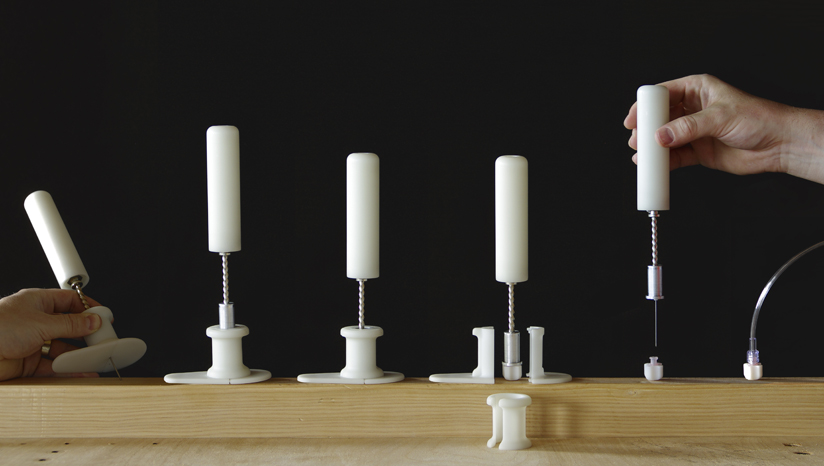The Stanford India Biodesign program turned to LUNAR to lend its engineering and user interface expertise to developing an intraosseous device (IO) — used to access the marrow and vascular system inside bones when a patient’s veins have collapsed or are inaccessible. The device needed to be disposable, have a low part count, be inexpensive, easily assembled, capable of being used by a poorly trained person, and able to be manufactured cheaply in India. The IO device is designed to meet the functional requirements of first world IO access products but at a price that is accessible to the developing world. This type of development model could disrupt the existing paradigm of first world manufacturers dominating healthcare product supply. According to the design team’s preliminary cost estimates, this disposable device will cost about $20, 80% less than the disposable part of the device used by U.S. emergency personnel.



